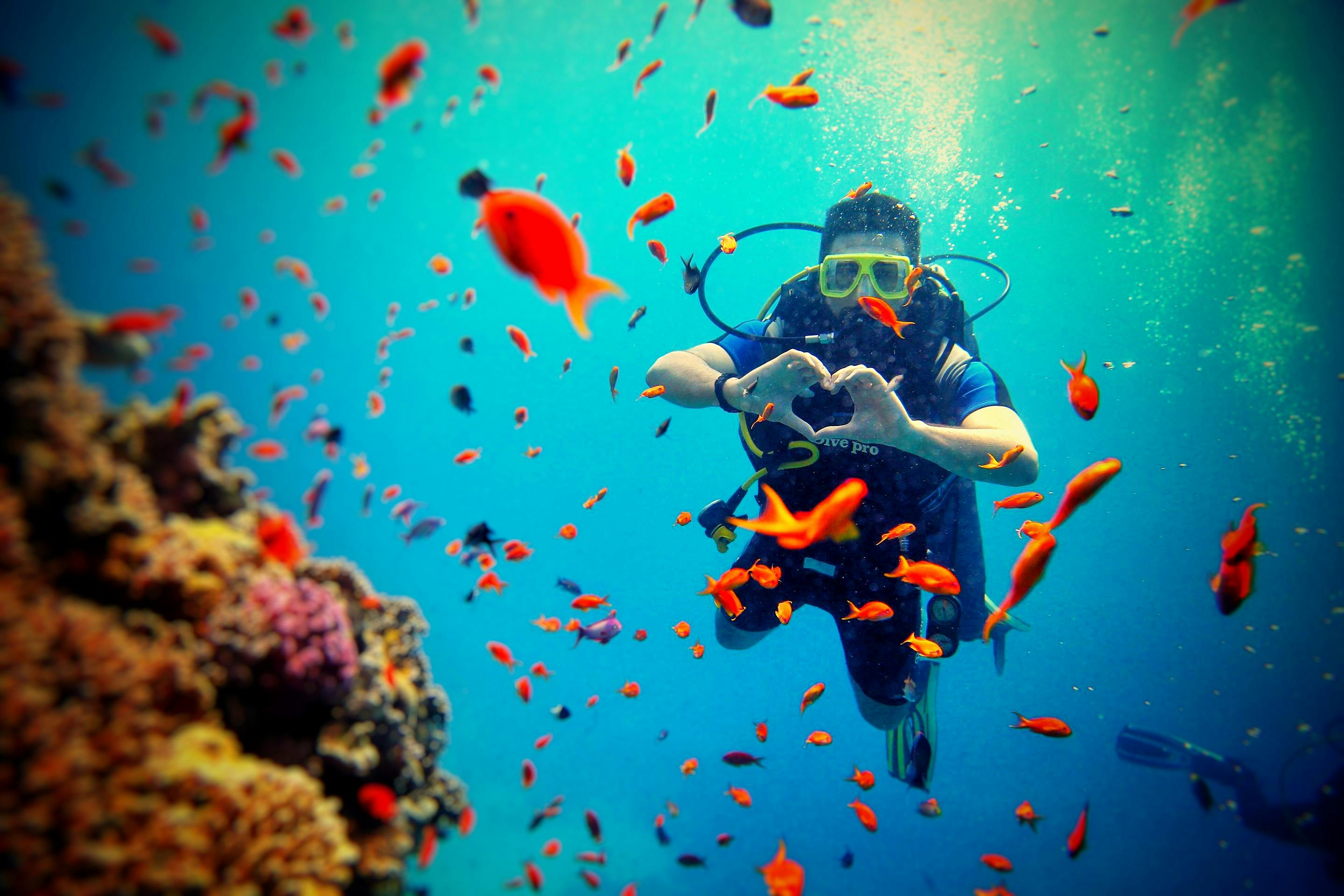Effective Guide to Keeping Puffer Fish as Pets in 2025
Puffer fish have become increasingly popular as pets due to their unique characteristics and delightful personalities. As we enter 2025, enthusiasts continue to learn more about the best practices for caring for these fascinating fish. Not only are they entertaining, but they also provide insight into aquatic ecosystems. This guide will cover everything you need to know about puffer fish pet care, including their dietary needs, tank setups, health maintenance, and breeding. Understanding puffer fish can significantly enhance your experience as a pet owner. This article will explore what you need for a thriving puffer fish habitat, discuss the different types of puffer fish available, and provide practical tips that range from tank maintenance to feeding schedules. By following these recommendations, you’ll be able to enjoy a flourishing aquarium and a happy life for your puffer fish.
Throughout the guide, we will touch on various elements such as puffer fish behavior, their interaction with tank mates, and indicators of health and stress. By the end, you will be well-equipped to provide excellent care for your new aquatic friend, whether you are a beginner or a seasoned aquarist.
Understanding the Types of Puffer Fish Pets
Before diving into the specifics of puffer fish care, it’s crucial to identify the different types of puffer fish that are popular as pets. There are two main categories: freshwater puffer fish and saltwater puffer fish. Each type has unique needs and traits that influence how you should set up their environment and care for them.
Freshwater Puffer Fish Species
Freshwater puffer fish, like the Tetraodon species, are often recommended for beginners due to their manageable size and relatively less intensive care requirements compared to saltwater species. These fish are known for their playful nature and fascinating social interactions. Common types include the Spotted Puffer and the Green Spotted Puffer.
Freshwater puffer fish typically thrive in a well-planted aquarium, where they can hide and explore. Keep in mind that they may display territorial behavior, making it essential to select compatible tank mates to avoid aggression. Understanding the natural habitat of these fish can also help in mimicking their ideal conditions.
Saltwater Puffer Fish Species
On the other hand, saltwater puffer fish are often larger and more demanding in terms of their environment and care. Species like the Figure Eight Puffer and Dogface Puffer are popular choices among experienced fish keepers. These puffer fish require specific water parameters, including ideal salinity levels and temperature settings to thrive.
Before choosing a saltwater puffer fish, it's recommended to familiarize yourself with their specific health needs, as they are more susceptible to common diseases compared to their freshwater counterparts.
This understanding of puffer fish types will lead us to the next section, which emphasizes the preparation of the appropriate tank setup tailored to both freshwater and saltwater species.
Puffer Fish Tank Setup Essentials
Creating an ideal environment for your puffer fish is crucial for their health and happiness. This section will guide you through the essential components needed for a successful tank setup, considering both freshwater and saltwater species.
Tank Size and Equipment
The tank size is one of the most important factors in ensuring the well-being of your puffer fish. For small species, a tank of at least 20 gallons is recommended, while larger species may require much more space. A larger tank helps maintain stable water parameters and provides ample room for swimming and exploring.
For both types of puffer fish, vital equipment includes a reliable filtration system to keep the water clean, a heater to maintain the ideal temperature, and substrate that mimics their natural habitat, such as sand or fine gravel. Consider also incorporating hiding spots through rocks or plants to create an environment that reduces stress.
Puffer Fish Water Parameters
Proper water quality is essential for the health of puffer fish. Regular water testing should be implemented to monitor pH levels, ammonia, nitrites, and nitrates. Ideal pH for freshwater puffer fish is typically around 7.0 to 8.0, while saltwater puffer fish thrive in slightly alkaline conditions with pH levels between 8.1 and 8.4.
Temperature is another critical element; freshwater puffer fish prefer temperatures between 75°F to 80°F, while saltwater species may require slightly warmer conditions ranging from 76°F to 82°F. Keeping within these parameters helps prevent stress and promotes an overall healthy aquarium.

Aquascaping Ideas for Puffer Fish
A thoughtful aquascape not only enhances the aesthetic of your aquarium but also facilitates the natural behavior of puffer fish. Utilize natural decor, such as driftwood and live plants, which can provide hiding spots and promote a sense of security. Consider planting species like Java Fern or Anubias, which are hardy and suitable for puffer fish tanks.
When deciding on tank layout, it’s essential to provide open swimming spaces while still affording plenty of cover and exploration areas to satisfy their curious nature. As territorial fish, many puffer species appreciate places to retreat and establish their territory.
Now that we've covered the essentials of tank setup, let's delve into the key aspects of a proper puffer fish diet.
Puffer Fish Diet and Feeding Schedule
Feeding puffer fish the right diet is vital for their growth, health, and overall well-being. This section will guide you in establishing a balanced feeding schedule that suits your puffer fish's dietary requirements.
Understanding Puffer Fish Dietary Requirements
Puffer fish are omnivorous, requiring a mix of meaty foods, plant material, and pellets. A well-balanced diet includes high-quality pellets specifically formulated for puffer fish. Alternatively, feeder fish or shrimp can also provide necessary protein.
In addition to commercial food, incorporating fresh or frozen foods like brine shrimp, bloodworms, and cuttlefish can help mimic their natural eating habits. The variety in their diet is key to preventing boredom and ensuring they receive all essential nutrients.
Best Puffer Fish Food Options
When choosing the best food for your puffer fish, look for pellets that are fortified with vitamin supplements. Quality brands, such as Hikari or Ocean Nutrition, provide nutrient-rich options that cater to the specific dietary needs of puffer fish.
Additionally, always ensure that any live food is sourced carefully to avoid introducing parasites or diseases into your aquarium. Cleanliness is paramount for maintaining overall tank health.
Puffer Fish Feeding Frequency
Establishing a feeding schedule is crucial for maintaining both health and behavioral stability. In general, adult puffer fish should be fed once or twice per day, while younger fish may benefit from more frequent smaller feedings to support their growth.
Overfeeding can lead to serious health issues, including obesity and poor water quality, so be attentive to their feeding. Observe their eating habits and adjust quantities accordingly while ensuring that all food is consumed within a few minutes.
With puffer fish dietary needs established, let’s explore the general health and maintenance tips that will ensure your fish thrive.
Essential Puffer Fish Health Maintenance Tips
Keeping your puffer fish healthy requires vigilance and regular maintenance routines. In this section, we’ll outline key aspects of puffer fish health and some common signs of illness to watch for.
Signs of Puffer Fish Illness
Monitoring puffer fish behavior is crucial in keeping them healthy. Common signs of illness include changes in swimming patterns, refusal to eat, or visible discoloration. Keeping an eye on their stress indicators, such as hiding more than usual or aggression towards others, will assist in early intervention.
If you observe any of these signs, a thorough assessment of water quality, potential tank mates, and diet is critical. Early detection and treatment can prevent more severe health complications, including water-borne diseases and parasitic infections.
Puffer Fish Cleaning Routines
Adhering to regular cleaning routines is another important aspect of maintaining a vibrant aquarium. Regular water changes, ideally 10-20% weekly, help to keep ammonia and nitrate levels low, supporting the health of your puffer fish.
In addition to water changes, ensure the cleanliness of your substrate. Regular vacuuming and cleaning of decorations are necessary to maintain a healthy environment. Keep an eye on the filtration system, and replace filters according to the manufacturer's recommendations to ensure efficient operation.
Puffer Fish Health Monitoring
Establishing a routine that includes monitoring your puffer fish's health leads to a more enriching ownership experience. Regular health check-ups will help you stay informed of any developing issues. Consider investing in health supplements made specifically for puffer fish to support their immune systems.

This proactive approach to health management will ensure your puffer fish remains lively and vibrant, paving the way for an understanding of puffer fish breeding practices ahead.
Breeding Puffer Fish: Tips and Insights
Breeding puffer fish can be rewarding, but it requires careful planning and understanding of their reproductive behaviors. This section will focus on the steps and considerations necessary for successfully breeding these intriguing fish.
Puffer Fish Breeding Basics
Most puffer fish species require specific conditions to breed successfully, such as ideal temperature and salinity levels. Researching the specific needs of the chosen species will help in creating an optimal environment for breeding.
Providing plenty of hiding spots is vital, as it helps reduce territorial disputes among males and allows females to feel secure. Common breeding behaviors include elaborate courting displays, where males may exhibit brighter colors and more energetic swimming patterns.
Identifying Breeding Pairs
When selecting breeding pairs, look for healthy adult fish with complimentary physical characteristics. Monitor their interactions closely, as compatible pairs will typically exhibit social behavior that favors mating.
In captivity, grouping multiple puffer fish of the same species can assist in finding suitable pairs, as social interactions can influence mating success.
Puffer Fish Care During Breeding
Once you confirm pairing, providing a separate breeding tank can help manage conditions and reduce stress. Breeding tanks should feature similar environmental conditions as the main aquarium but ensure low lighting and gentle filtration to allow the eggs to thrive.
It's also important to maintain the particular requirements for water temperature and quality. After spawning, remove adult fish from the breeding tank, as they may eat the eggs or fry.
Understanding these complexities of breeding puffer fish will aid in ensuring successful offspring while fostering a rewarding pet-owning experience.
Q&A: Common Questions About Puffer Fish Care
As with any pet, puffer fish come with their own set of questions. Below, we address some common inquiries regarding their care.
How long do puffer fish live?
The lifespan of a puffer fish can range anywhere from 5 to over 15 years, depending on the species and care provided. Ensuring optimal living conditions can significantly enhance your puffer fish's longevity.
What should I do if my puffer fish displays signs of illness?
If your puffer fish shows signs of illness, promptly test the water parameters and assess their diet. Isolate the affected fish if necessary and consult with a veterinarian specializing in aquatic pets for appropriate treatments.
Can puffer fish coexist with other fish?
Many puffer fish have specific compatibility needs and can coexist well only with certain species. Understanding each puffer fish’s behavior will aid in selecting suitable tank mates and avoiding aggressive partnerships.
With these insights into puffer fish care, you’re now ready to embark on your journey in the fascinating world of pet puffer fish. This commitment to learning and care can lead to a rich and enjoyable experience in aquatic pet ownership.
